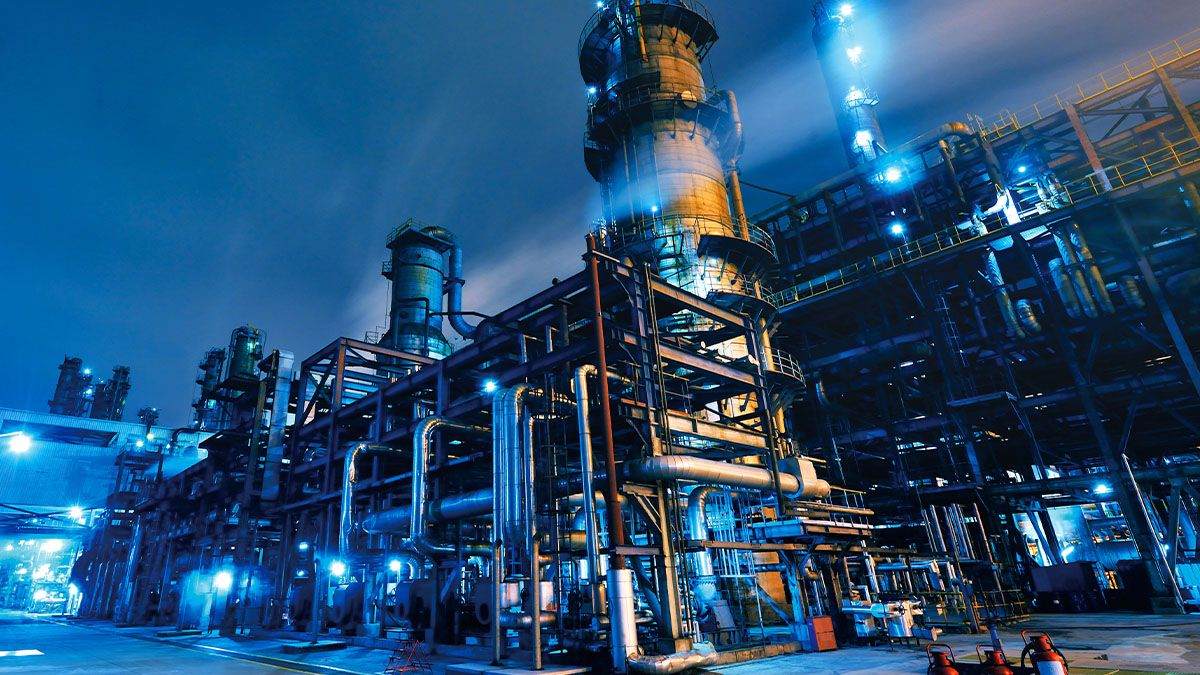Understanding the Future of Fine and Specialty Chemicals
Most of the world’s innovations rely on the chemicals industry. From manufacturing medicine and decontaminating drinking water to electronics engineering and personal care product development, the global chemicals industry supports the production of an enormous range of products that are used worldwide.
Some chemicals become components of physical products and others are essential for industrial processes. The chemicals industry is segmented into three major categories: commodity chemicals, fine chemicals, and specialty chemicals. Commodity chemicals are used to produce fine chemicals, and fine chemicals are blended to make specialty chemicals with end-use-specific properties.
Challenges in the Fine Chemicals Industry
The fine chemicals industry faces a number of challenges in its production processes and for continued innovation and growth, including process quality control (QC) and regulatory compliance.
Process QC is crucial to every fine chemical manufacturing process. Fine chemicals have stringent customer requirements, many of which are based on end-use industry or regulatory standards, such as good manufacturing practices for pharmaceuticals, regulatory compliance for active pesticide ingredients, and meeting SEMI Standards for materials used in the electronics and semiconductor industry.
Production QC considerations:
- Composition and concentration
- Purity and stability
- Physical/chemical properties
- Functionality
- Efficiency, yield, throughput
Regulatory compliance requirements can include:
- Permitting, such as air and hazardous materials/waste permits
- Materials management, such as handling, storage, and transport, spill prevention, and storm water pollution prevention
- Waste management, such as hazardous waste transport and disposal, process wastewater control, and process-related solid waste disposal
Trends in the Fine Chemicals Industry
Biobased Materials
Biobased materials are products that are made from biomass (living matter) or by processes that use biomass. Biotechnology research and development has been underway for some time and continues to grow in scope and success.
Even in times of low petroleum prices, biobased chemicals innovation is being driven by consumer demand for more sustainable materials and product manufacturer demand for higher-performing chemicals.
Innovative biotechnology companies are developing biobased chemicals that can be used to produce more sustainable materials. As the innovation continues, the chemicals industry will likely see improved sustainability in their operations that can lead to higher efficiency and costs savings.
Pharmaceuticals
Pharmaceutical company leaders report that strengthening their research and development efforts and successes is a top priority for their companies now and in the foreseeable future. They expect their efforts to include prevention, early detection, and non-pharmacological interventions in addition to new drug therapeutics.1 The fine chemicals industry will need to continue providing highly specific, innovative solutions for active ingredients, preventative treatments, and diagnostics.
The biosimilar drugs industry continues to expand as consumers and health care payers demand lower-cost therapeutics. The total number of biosimilars under development or in the market has grown 208% since 2013.2 The chemicals industry will continue to be relied upon to provide innovative fine chemicals to enable continued growth in biosimilar development, efficacy, and availability.
Chemical Recycling of Plastics
Chemical recycling of plastics can be used on products that aren’t amenable to traditional mechanical recycling, such as multi-layer plastics, heavily contaminated plastics, or unsorted plastic waste. The terms chemical recycling, advanced recycling, and transformational technologies are used interchangeably.
It entails the breakdown of used plastics into one or more of their original monomer building blocks that are then used as feedstocks for the synthesis of other chemicals. The process uses solvents or heat to break down the plastics for reuse.
Practicing chemical recycling greatly reduces the amount of plastic waste requiring disposal via landfilling or burning and, combined with mechanical recycling successes, decreases use of non-renewable resources such as petroleum.
Nanotechnologies
The development of an ever-expanding number of nanotechnologies is introducing some exciting advances to the chemicals industry, including use of nanoparticles as catalysts and in drug delivery.
The chemicals industry relies on catalysts to increase reaction times throughout the production workflow. Nanotechnology developers work to produce catalysts that are highly selective and active while having low energy requirements and long lifespans.
Nanoparticles are also being used as drug delivery systems for many pharmaceutical therapies. Lipids, metals, polymers, and carbon are commonly used materials for drug delivery nanoparticles at this time.
Nanoparticle systems provide numerous advantages over traditional delivery methods (e.g., tablets, capsules), such as:
- Increased specific targeting
- Lower cytotoxicity
- Enhanced bio-distribution and metabolism
- Sustained and controlled release
- Delivery of poorly soluble drugs
Industry 4.0
The chemicals industry is gradually adopting Industry 4.0, which is the integration of a facility’s physical manufacturing operations with an advanced digital technology platform, creating a seamlessly integrated system across processes. The physical-digital interconnection empowers communication throughout the system with continuous, real-time data gathering. The platform’s advanced analytics scrutinize the data and produce insights and automated control actions that are invaluable for operations and business parameters.
Moving Forward
The chemicals industry will undoubtedly continue to evolve as new technologies, end-uses, and materials are developed within the diverse industries that rely upon chemicals. Advanced analytical capabilities and platforms will be an important part of the success of the chemicals industry and the businesses it supports.
Read more about the global impact, advances, and challenges of the industry in our whitepaper.
References
- 2020. Biopharma Leaders Prioritize R&D, Technological Transformation, and Global Market Presence. https://www2.deloitte.com/us/en/insights/industry/life-sciences/pharmaceutical-industry-trends.html
- Cancer Treatment Centers of America. 2018. What’s the Difference? Biosimilar and Generic Drugs. https://www.cancercenter.com/community/blog/2018/12/whats-the-difference-biosimilar-and-generic-drugs

